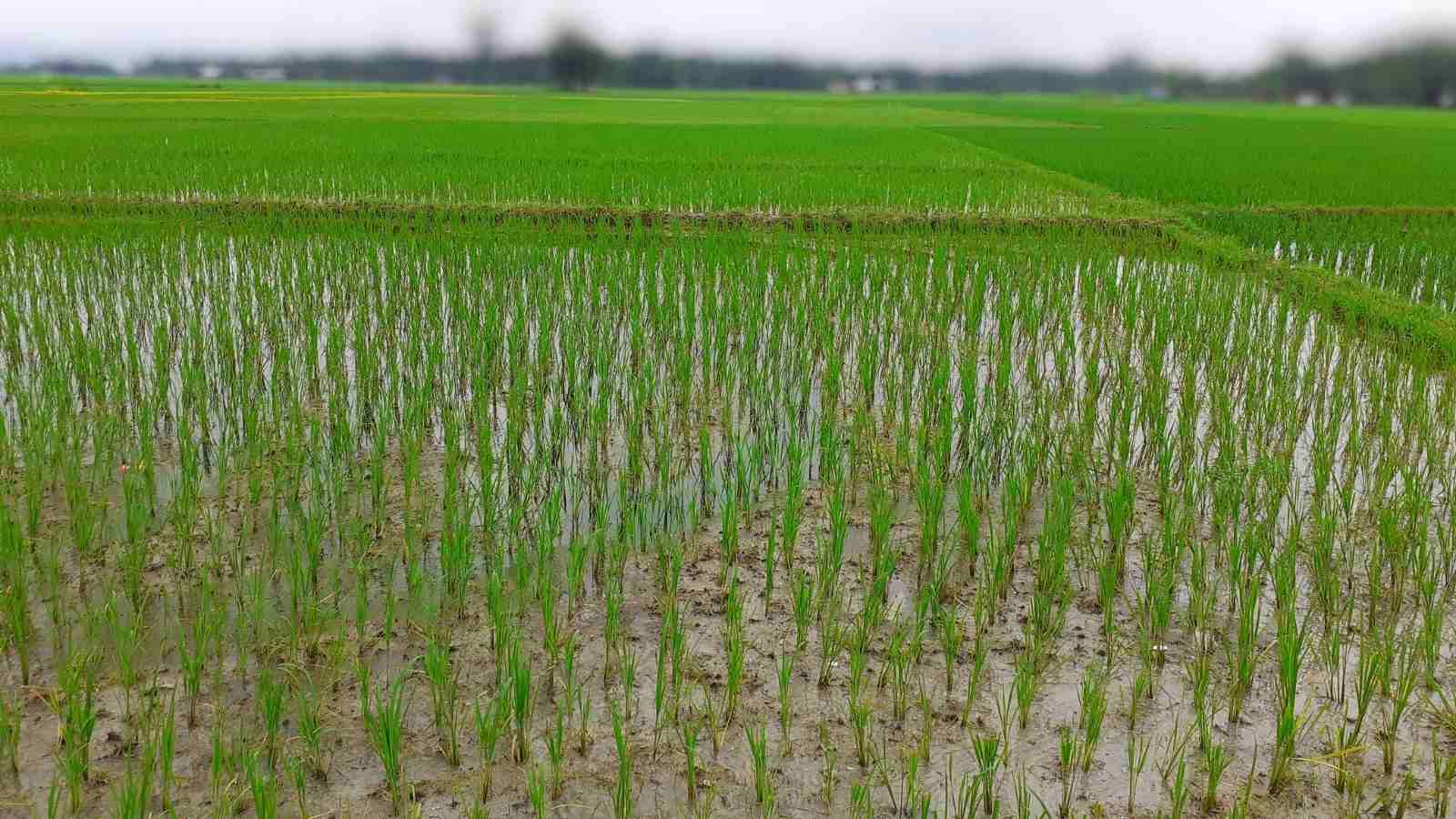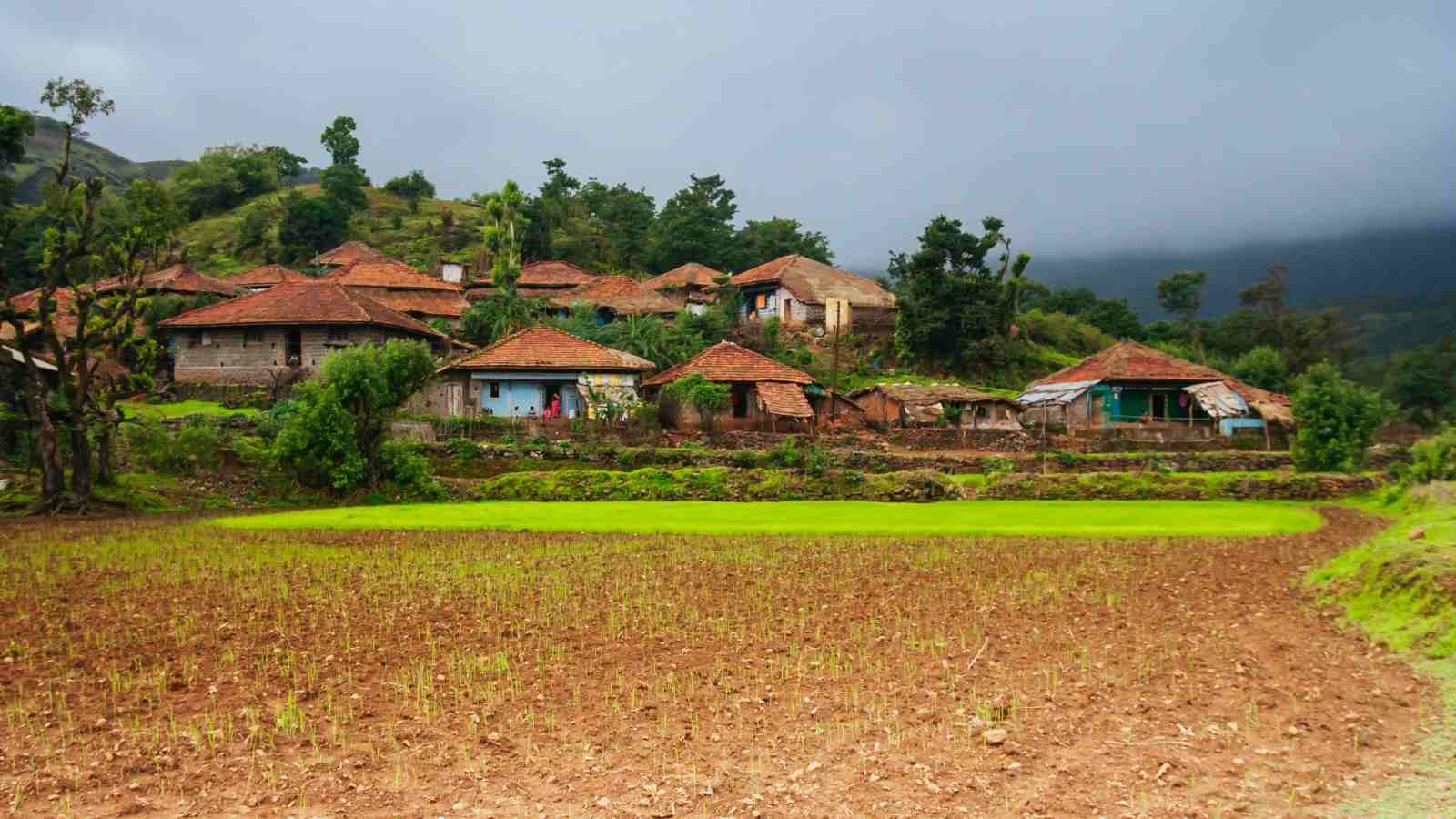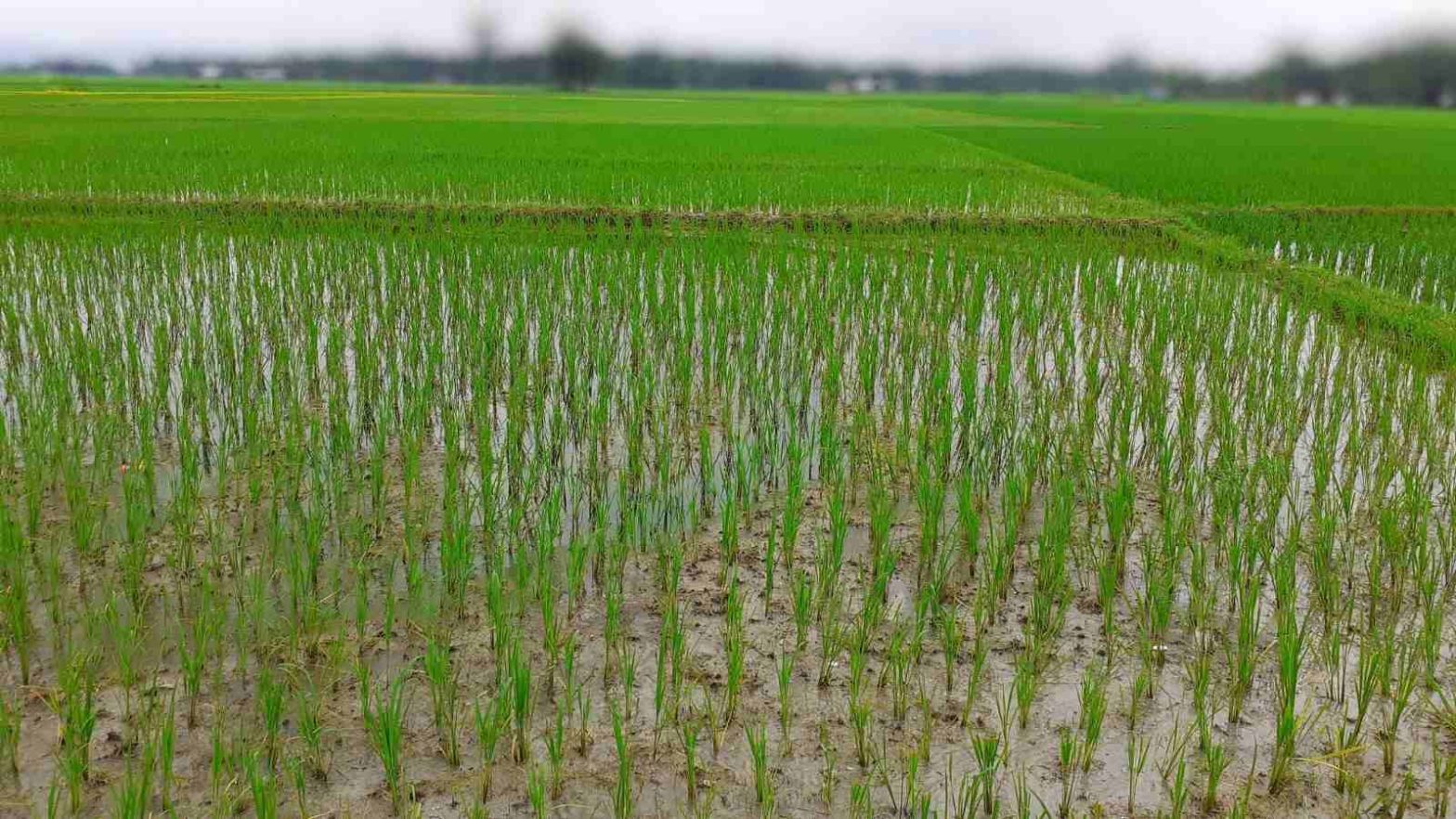Rice stands out as a staple diet in almost all the Asian nations. It is needless to say that Rice is very much in demand in all the states of the country. From West Bengal to Kerala, all states enjoy not only the delicacy of rice but they also celebrate the harvest season of this crop. The varieties of rice crop have undergone change constantly to fit the taste of the consumers.
With the high demand of the crop in the domestic territory, the country has been a major house for production and consumption of rice. From making biryani to fried rice, the rice is used in various regions in a wide range of meals. All the more, with the various kinds of rice, the shape and the taste also keeps changing. The rice is rich in starch and helps to provide high portion of carbohydrate to the body.

The rice gets exported the most from the countries namely China and India. The demand for the crop is not the sole reason for the production of rice. The rice crop needs heavy manual labor and only the countries with high population can cater to the mass scale production of the same. From being named as chawal in Hindi to bhaat in Bengali, the crop has a wide range of names suiting the local regions in which it is grown. here in, we will discuss about the major tips to raise proper rice farming in India.
1. What are the various climatic conditions that are needed to maintain rice farming all across the country?
The rice as a commercial crop is grown primarily in the regions which have very humid and hot climatic conditions. Likewise, the states of Kerala and West Bengal are great regions for rice farming. The best temperature range within which this crop can be sown and raised is in between 20 degree Celsius and 40 degree Celsius. At max. the crop can withstand the temperature around 40 degree Celsius.
Extreme temperature will destroy the crop and with heavy humidity, the crop might contract fungus. The rice fields need to be large and has to be placed well under the sun. Direct sunlight and long hours of sunshine is a great necessity for the crop. All the more, the crop requires heavy rainfall and the humidity in the environment needs to be accurate. The crop as a whole enjoys a soggy weather for growth and heavy sunshine in the initial days of the growth period.
2. What are the soil requirements to raise the rice crop?
- The soil needs to be properly and deep ploughed.
- Heavy use of organic manure and high fertilizers should be used in the soil to increase the nutrient level. The rice crop on the whole requires heavy nutrition. Before the seeds get sown, the soil needs to be cultured with farm yard manure for at least 2 weeks at a stretch.
- Since, rice gets grown in almost all the states of the country hence, the crop can be grown in a large number of soil types. To begin with, the rice crop can be grown in loamy soils, sandy soils, and silt soil as well. In addition to these, the crop can be grown in soils with gravels and also in the soils which might be acidic.
- On an average, the crop needs to be grown within the pH range of 5.6 to 6.8 to raise the best variety for commercial markets.
- The soil needs to laid out in rows while sowing the rice seeds with the help of the drill sowing method.
- The best soil preparation for rice entails either wet or semi wet lands which are made even better with the help of heavy irrigation facilities.

3. What are the various rice planting methods in use these days?
The most common method by which rice is cultivated is the broadcasting method. This method tends to use lesser man power and primarily are used in lands that are not very fertile. The seeds are also planted by manual labor so, the accessibility to procure cheap labor becomes necessary.
The most recent rice cultivation method is called the transplantation method. Well, at first the seeds are germinated and grown to transplants in the nurseries with the adequate conditions. Then, after a period of one month, the tender rice seedlings are finally brought to the fields. This method also makes use of heavy labor. Unlike the previous method, this method involves high level of production and thus, has become very popular. The inputs required in this method is also not too much as compared to the yield.

